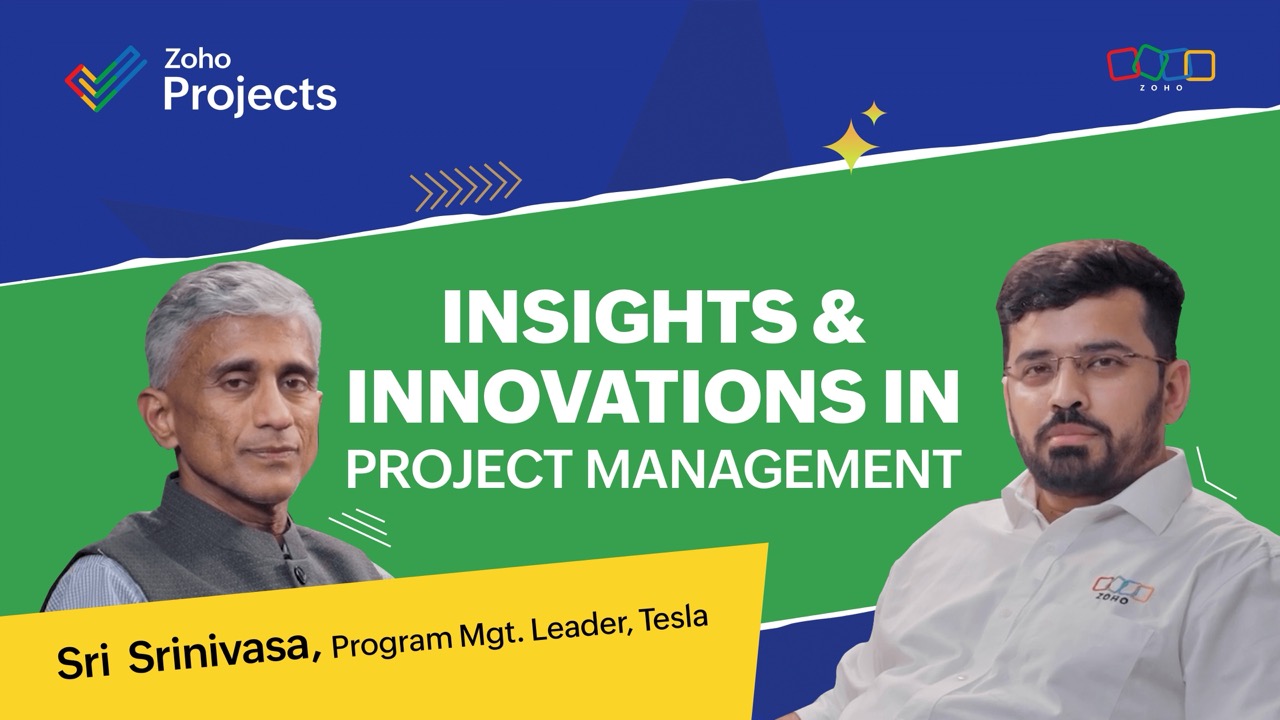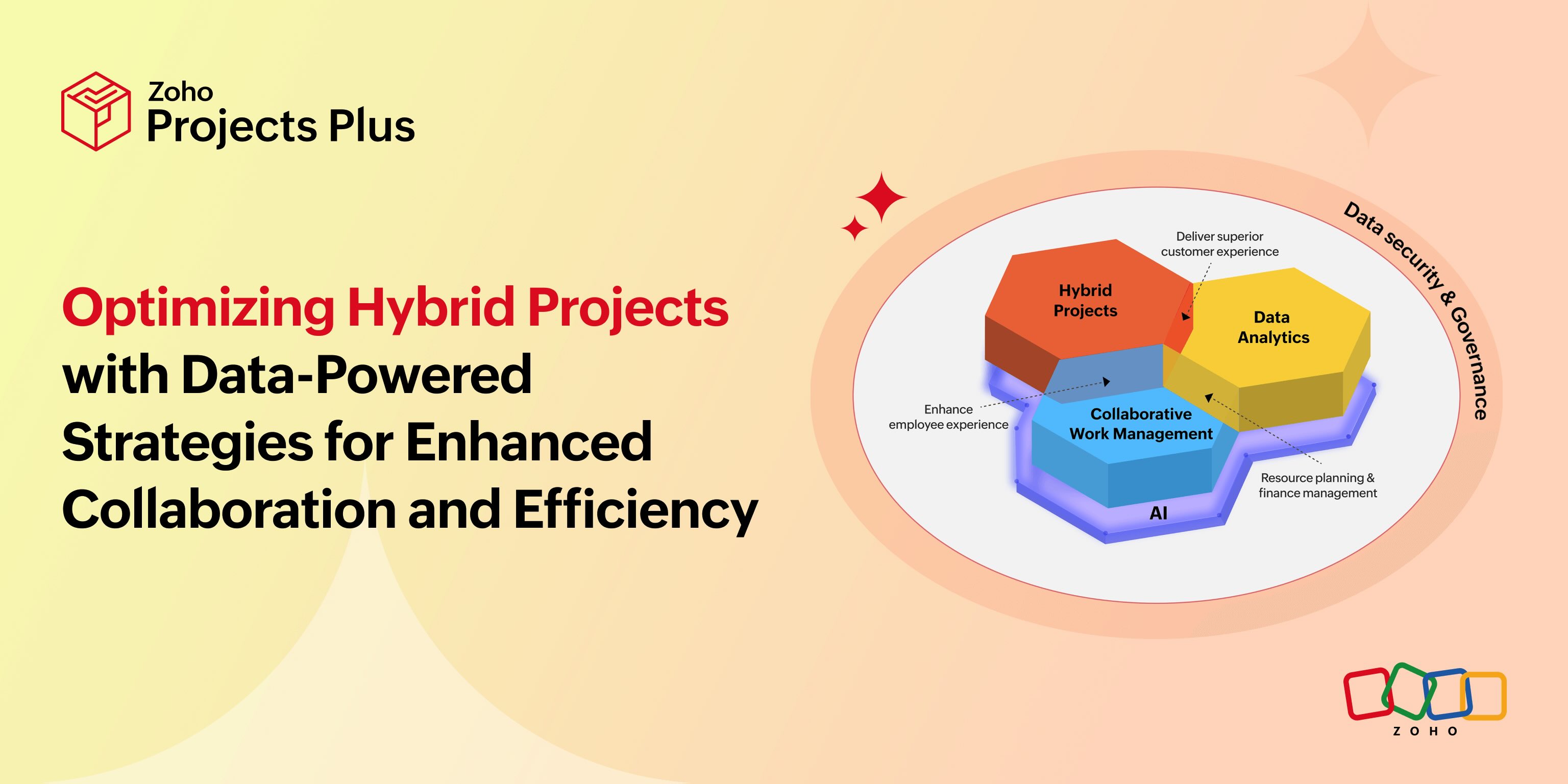- HOME
- Project Management
- Project Management in the Gig Economy. What it Takes for Successful Collaboration Among Distributed Workers
Project Management in the Gig Economy. What it Takes for Successful Collaboration Among Distributed Workers
- Last Updated : March 28, 2024
- 10.1K Views
- 5 Min Read

Over the years, the rapid emergence of gig economy platforms have created diverse job opportunities by connecting freelancers with businesses that favour a pay-per-task basis. However, being able to pick up temporary job arrangements has been both boon and bane. In the Asia Pacific, 84% of hiring managers outsource to freelancers. One obvious motivation behind this is the decreased labour cost that comes with it, helping businesses save a significant amount when it comes to expenses concerning unemployment benefits or allowance. But as the swell in these short-term contract workers continues to grow, the management of the distributed staff gradually becomes more challenging.
When working with distributed teams, resources and time put into building rapport may not translate well into the intended results. The reduced visibility can lead to both employers and employees being more susceptible to exploitation, especially in the region’s unregulated gig economy. Existing strategies such as a task delegation, as well as the dependencies between tasks require transparency in order to work as intended for outsourced employees. Transparency is also necessary to make gig workers feel more confident in taking up ad-hoc assignments. This means data must be readily accessible, and project managers have to be skilled in utilizing appropriate project management software tools to establish trust and effective workflows.
As the importance of a project management tool becomes more apparent today, here are some takeaways to adopt for enhancing interactions among the wide range of gig workers, comprising all ages, from baby boomers to millennials and gen Z.
Navigating the “project-based economy”: The power of context
Never underestimate the power of context. The tedious process of following up from various mediums inhibits project management. With a sophisticated project management tool, team members are constantly kept in the loop, giving them the needed visibility to pick up work from any phase within the project.
While some workers may focus on the quantity of work they do, it is now more critical for project managers to keep up with their work quality and meet their deadlines. On the other hand, simplifying project details should be of the utmost importance. With the copious workload, all the extra time spent in identifying details is non-billable time that a project manager will never get back.
In this case, a Gantt chart within the software helps managers and employees stay on track and avoid project pinch. Being able to visualise the project timeline from start to end helps a project manager monitor the progress of each task in real time. Managers are less encumbered when they can observe the dependencies and connectedness of each task. Making adjustments to task arrangements then become more frictionless.
What does “Speed and Precision” mean? Utilizing automation the right way
When working with highly distributed teams, coordination work requires extreme precision. Within the gig economy, one common observation is the quick turnaround that comes with it. Every newly onboarded gig worker comes with some uncertainty about their job deliverables. The need to start work almost immediately doesn’t allow gig workers time to understand the brand and deter them from developing a deeper understanding of their task responsibilities. In countering this, project managers will require a carefully thought through work process that can be prepared beforehand.
Over the years, project managers have already adopted workflow rules and automation to dispense work fast. Along with this, they are also able to visualise the flow of tasks better, granting them time to plan out a more thoughtful workflow, based on their understanding of the job’s nature, and the nuances of the project environment. Mapping tasks are now more conveniently achieved through low code blueprint platforms. Not only does this help managers spot bottlenecks, these blueprints see to repetitive tasks and can help guide newly onboarded freelancers through their daily remote work.
Connecting talent digitally
Every temporary worker who is part of the gig scene knows that in comparison to a well-structured organization, there is little opportunity to build a depth of knowledge around their work. This conveys the need to exercise social project management. Short-term employees are now becoming more self-sufficient through communication from feeds and forums.
Contemporary project collaboration no longer means just sending back and forth emails. It calls for a more comprehensive platform and taking a multi-faceted approach to remote working. With updates of real-time activities from streams and feeds, project managers have already effectively reduced unnecessary meeting time, while contextually driving more discussions across different chats.
Combining Waterfall and Agile methods to level up gigs
Lately, the Agile project approach has been gaining tremendous popularity. One of the main reasons for its growing popularity is its ability to adapt to change and smaller feedback cycles. The Scrum framework, the most popular one under the Agile umbrella, effectively reduces the life cycle of a work item by breaking down tasks into chunks that can be completed within a two to four week period. These are progressively reiterated to satisfy the customer’s standards. It places emphasis on prioritized tasks so that a viable version is available at the earliest to ensure high-quality work. However, implementing a pure Agile method has proven to be difficult for a non-IT oriented work environment, especially as it lacks structure.
On the other hand, the traditional Waterfall approach, which is more sequential, has the downside of rigidity, so changes are not as easily adapted. Combining the Waterfall and Agile project management will enhance the team’s ability to act faster to changing requirements, and more importantly with precision.
Modern day project planning is breaking away from the rigidity it once had. Project managers are using Waterfall project management to plan programs for gig workers, and Agile methods to run execution. In doing so, they are setting themselves up with a versatile team of remote gig workers.
Concluding thoughts
As much as project managers want their team of gig workers to be highly successful and productive, meeting those gig workers’ basic demands has become a pivotal step to meet project demands faster. Traditionally, blind spots in viewing the interdependencies of tasks, and project managers’ unnecessary push to expedite time to market have deterred fruitful collaborations.
In combatting these, communication work has to be given more thought, and project management software naturally becomes the element to help level up remote assignments. When transparency in creating conversation and delegating tasks is well-established, it can uplift morale, build trust, even allowing the self-management practice that gig workers have sought out initially. The new-found accountability that project managers can provide gig workers with will pave the way to more possibilities, and a more successful gig economy.
 Nicholas
NicholasNicholas writes articles and short stories, including this piece that you just read. Being in PR, he partners with regional spokesperson, and senior executives to build and mature the brand. He believes PR is not only about communicating publicly, but also establishing personal relationships and rapport - the basis of genuine human connection. Nicholas has helped plan and co-draft articles that got featured across Southeast Asia's top tier media such as, TechSauce, Kompasiana, BusinessToday and more. A former gig worker himself, Nicholas' brief stint as a freelance student trainer had him trained in over 15 different schools, frequently leading various cohorts of students through customised learning pedagogies. The Communications graduate believes that no matter what role one assumes, task management is still the skill that drives quality of work.




